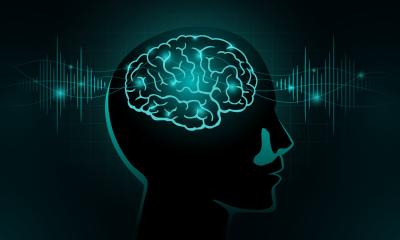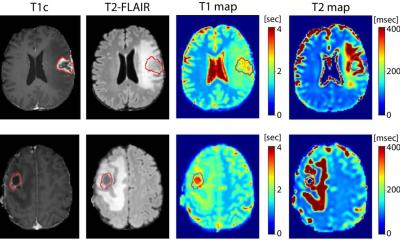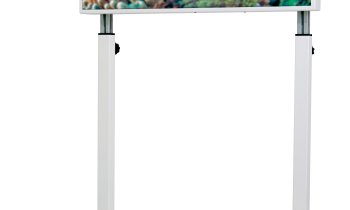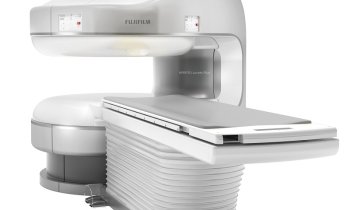World-leading authority on MRI safety recommends ferrodetection in MRI screening
Experts would like to see new measures introduced to increase magnetic resonance imaging (MRI) safety. Ahead of a major *safety conference in London on November 9, leading practitioners and researchers say steps could be taken which would further improve the MRI safety environment and help patient management.
Among the suggestions are: make adverse incident reporting mandatory; establish a national database of implants and their compliance with MRI, increase education for referring-doctors on the potential risks to patients, and include ferrodetection systems as part of the screening process.
Professor Frank Shellock, adjunct clinical professor of radiology and medicine at the Keck School of Medicine, University of Southern California, and the world-leading authority on MR safety, said: “I strongly feel that ferrodetection systems should be carefully considered as a tool to facilitate proper pre-MRI screening. Their incorporation as a component of a carefully thought-out and controlled process can add to the safety of patients and staff. Several companies make these devices and these products have operational differences and varied capabilities.” Professor Shellock, who has more than 25 years’ experience conducting laboratory and clinical investigations in the MRI field, will be the keynote speaker at the London conference.
Professor Barrie Condon, head of imaging physics for Greater Glasgow and Clyde Health Board, said the Medicines and Healthcare products Regulatory Agency (MHRA) Safety guidelines for magnetic imaging equipment in clinical use, were good and fairly extensively followed.
“I don’t think there has been a huge number of safety incidents in the UK but the problem is we don’t know how many. It is recommended that we do report adverse incidents, but it should be a regulatory requirement.
“I think the rationale people sometimes use is that, if there is an incident, they decide not to report it because it is a well-known hazard, not a new hazard. Having this data would let us know when these incidents were happening and we could also find out which incidents were most prevalent. This would help us to provide a better safety ethos. It is only through having such data that we can quantify the importance of tools such as ferromagnetic detection”
Incidents can occur when metal taken into the scanning room is pulled into the magnet’s core at high speed causing injury to patients or damage to equipment. It is widely thought that there is considerable under-reporting of incidents.
Another current, key issue in MR safety, and one Professor Condon is actively involved in, concerns scanning patients who have implants.
Professor Condon said: “The trouble is that it can be very difficult to find out the exact model of implant. And even when you do have this information, it can be quite difficult to know whether it is contra-indicated or not. Implant companies cease trading, or are taken over, or the make and model changes over time. It becomes very difficult to do the detective work to find out.
“It would be good if we had a national database which indicated whether an implant was safe to scan or not. Professor Shellock provides this in the United States and we can access it, but it does deal with implants more commonly used in North America.”
For more than 25 years Professor Condon has been building up a database of more locally used implants but, because of copyright and liability issues, he has not been able to make this more generally available. “A national database would be very useful,” he said.
Dr Donald McRobbie, speaker at the conference and a fellow of the Institute of Physics and Engineering in Medicine, said: “The way to really guarantee a lack of adverse incidents is to have very well trained staff who know what they are doing and take time to talk to patients.
“Staff education needs to be maintained and improved, particularly with referring clinicians. I think we could engage more with doctors in other areas of the hospital and with GPs. As the drive is to put more healthcare out into the community, there will need to be more engagement with referring doctors, so that they understand any potential risks to their patients.”
On the role of ferrodetection in MRI suites, Dr McRobbie said: “Anything that we can do to improve safety is obviously a good thing. I have had experience of metal detection systems and there is no doubt that the technology works. How you use the technology in your practice is also very important.”
Dr Simon Goodyear, CEO of UK-based ferromagnetic detection leader Metrasens, said: “Metrasens’ mission is to assist our customers to optimise the safety of the MRI environment.
“We recognise that technology alone is not the solution so we are pleased to be able to contribute through the provision of training, development and audit of safety processes, and working together to facilitate smooth patient flow in these increasingly busy facilities.”
07.11.2011











